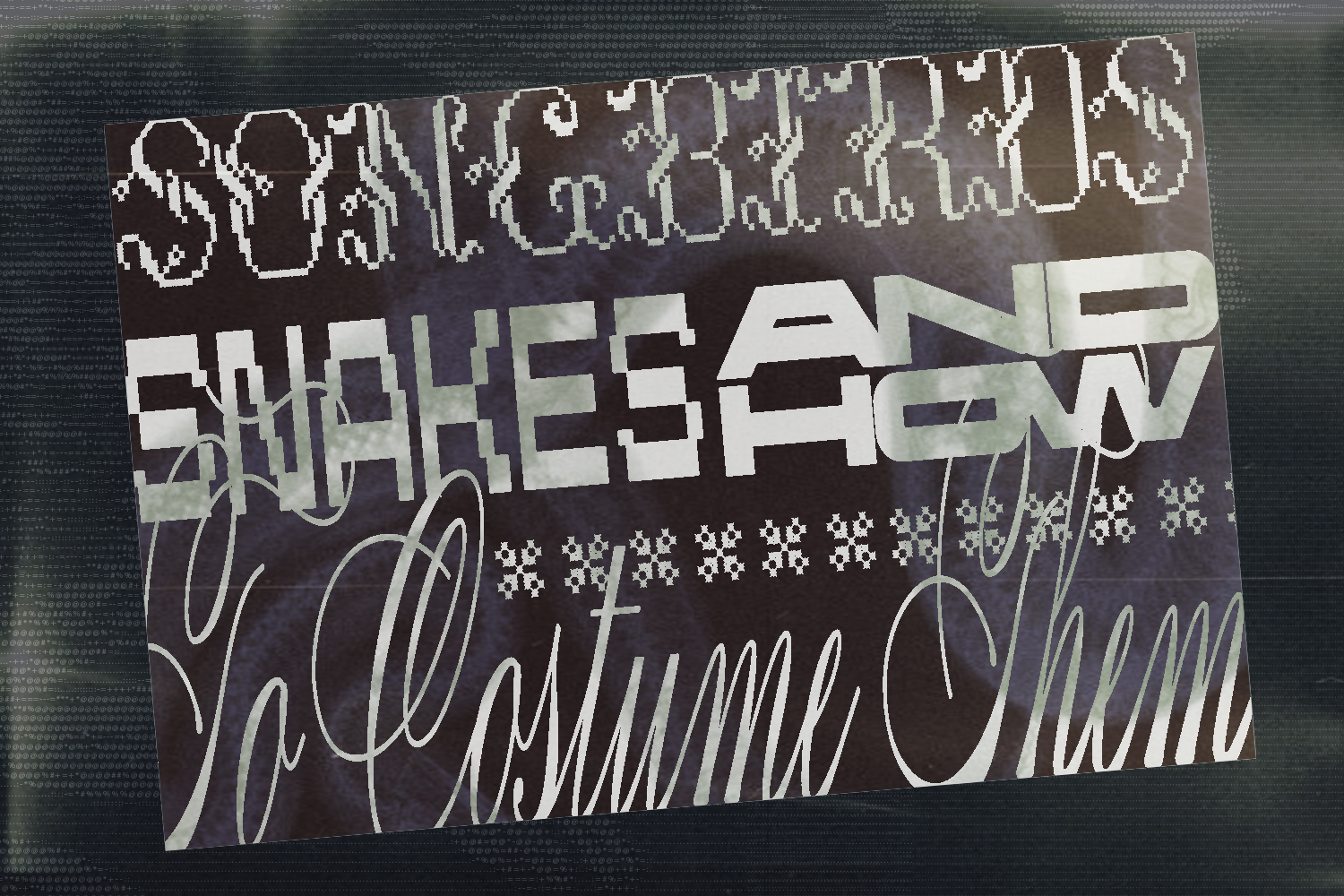Like anyone else that experienced middle school in 2012, I worship at the altar of Suzanne Collins. “The Hunger Games”, books and movies alike, consumed my middle school experience (probably to a concerning amount). As I eagerly anticipate the release of “The Ballad of Songbirds and Snakes,” the film adaptation of the Hunger Games prequel, imagine my elation when I discovered Trish Summerville, the costume designer for both “Ballad” and “Catching Fire” would be coming to SCAD’s Film Festival.
In a panel with Charlese Antoinette Jones, Rudy Mance, Ellen Mirojnick, and Trish Summerville, I got to hear about their experiences as costume designers, as well as their past and upcoming projects. Costume design is often overlooked in the film industry, although it is arguably one of the most important aspects. The clothing that actors wear is so telling of their character, the story, and the setting, but designers don’t get enough credit. It was so fascinating to hear their tips and tricks for the industry, as well as what makes them stand out from other designers.
After the panel, I had the opportunity to sit in a masterclass session with Trish Summerville, where students got to ask more one on one questions. After learning that she has a background in fashion design, I asked her to elaborate on her draping process. She said, “I’m very tactile, so draping is something I really enjoy. It’s satisfying because it’s something I can do quickly and I can do it by myself. It gets me to a place where I can dream about how I want the person to look, and then I can convey that to my illustrator or the director. For me, draping is something I can do early on just to get the ideas out of my head.”
While I loved hearing about costume design in general, I was especially excited to learn more about her process on “The Ballad of Songbirds and Snakes”. As a fan who already had pre-existing costuming ideas, I was blown away by the trailer. The academy uniforms, Tigris’ looks, and of course, Lucy Gray Baird’s iconic rainbow dress were what I was most looking forward to.
The academy uniforms are absolutely killer (pun absolutely intended). The shock of crimson combined with the genderless kilt-and-pant combo makes it the standout for me. As a uniform, Summerville’s team had to make countless garments for all of the students, as well as extra versions for the main cast. The team dyed all of the fabric, and Summerville spoke to the difficulties of working with that many similar pieces. Each uniform had to be made from the same bolt of fabric, as there were slight variations in the shades of red due to the dyeing process. Tigris, the most fashion forward character from the Capital, was very fun to design for according to Summerville. While she did not work on Mockingjay: Part II, where Tigris is first seen, it was enjoyable for her to add nods to her character in the future.
Lucy Gray’s rainbow dress is perhaps the most iconic look in both the book and the film, and I was blown away by the final result. In the book, it’s described as a “rainbow, ruffled dress”, which leaves a lot to interpretation. Summerville went through many different iterations of this dress before finally landing on the one in the film. Lucy Gray wears it through the entire first half, so Rachel Zegler had to be able to move in it, but it also had to be big, flamboyant, and characteristic of a performer. The rainbow ruffles cascade in reverse from the top, starting with purple and ending with red at the hem, but my favorite aspect was Summerville’s explanation of the bodice. It’s decorated with hand-painted primrose and katniss, both nods to the Katniss and Prim of the future, illustrating the cyclical ties of these beloved characters.
If there’s one thing I took away from Summerville’s panel it was the importance of drawing. While not every costume designer needs to be a great illustrator, it’s important to be able to communicate your ideas. “I’m a big advocate of learning. Learn to draw, at least to a degree that you can convey your ideas. I work in a lot of different countries so I deal with a lot of language barriers. If you have some way of getting your ideas down, drawing is a universal system of communication. If you can communicate your ideas that way with other people, it’s a huge advantage.”
Overall this panel blew me out of the water, and it only heightens my anticipation of the films. These costume designers put their hearts into their work and I can’t wait to see more projects in their future. Until then, may the odds be ever in their favor.
Words by Caroline Tetlow.
Graphic by Reem Hinedi.

